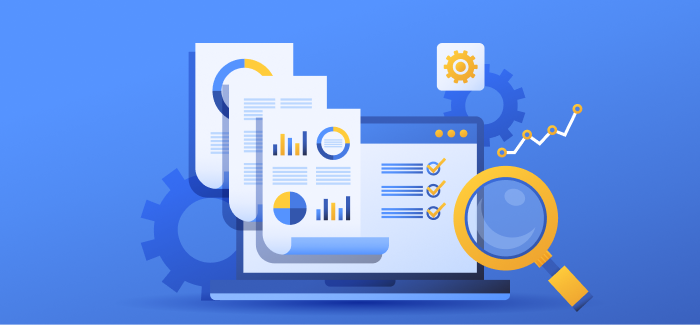Trade surveillance helps the market players to monitor the trading pattern and investigate risks in the process. Surveilling the trading activity helps the organization protect the assets and interests of the entity. A high-frequency trading infrastructure is necessary to identify the risks and enforce stringent control. The financial markets are volatile and prone to periodic changes, making trade surveillance a vital process.
For financial institutions, trade surveillance helps safeguard the interests of the clients, investors, and the firm. It also enhances market integrity, improves regulations compliance, and upgrades governing methodologies. The pain points in establishing an effective surveillance model include:
- Observing the changes in the global markets
- Engaging trades across global markets
- Monitoring the pre-trade communications
- Determining the cause and effect of market manipulation
- Strategizing to overcome the challenges caused by market manipulation
- Managing the cases of false positives in the trade
- Ensuring compliance with complex regulatory frameworks
- Designing methodologies in monitoring the unregulated markets
- Enabling traders to understand the market volatility and financial risks without alarming them
The above pain points create a hurdle for financial institutions in delivering a superior service. Capital market services help traders overcome the challenges with the help of tools such as FIX products and other specialty offerings. A robust trade monitoring system is required to ensure seamless and efficient trading practices. A strategic trade monitoring system helps in:
Broader Trade Coverage
When it comes to trading, technology plays an integral role in connecting buyers and sellers in the market. Advanced tools have slimmed the geographical barriers, enabling the buy-side and sell-side firms to participate in the global markets. With phenomenal developments in the trading arena, monitoring trading practices across markets became imperative. Trade monitoring specialists focus on integrating derivatives and financial instrument data efficiently. The optimal integration of internal and external trading data helps in broader coverage of the markets.
Compliance
Compliance with the regulators at an enterprise level is essential for harmonious trade processes. Integrating the different internal departments enables better trader surveillance. From the front office to the back office, implementing a robust communication system helps in ensuring regulatory compliance. A single application condenses the time and complexity factors in the trade monitoring process, enabling the experts to be ahead of trade risks.
Remodeling Surveillance Systems
Conventional trade monitoring models are not dynamic. Firms must remodel their surveillance structure with an emphasis on compliance processes. A failure in the model can increase the number of false positives. Revamping the trade surveillance systems is essential to be abreast of the growing trading requirements.
Improving the Buy-Side Monitoring Capabilities
Compared to the sell-side firms, the buy-side firms lack tech support in monitoring trade. Equipping the buy-side firm with sophisticated and result-driven products is critical to overseeing trade surveillance.
With technological evolution, traders must be ahead of market threats and risks. Agile trade monitoring solutions help firms overcome trade monitoring challenges and mitigate risks effectively.
Phifix excels at helping buy-side and sell-side firms to equip their systems with advanced trade monitoring protocols. Our range of capital market solutions has enabled countless market players to manage trade risks effectively. Contact Us to learn more.






